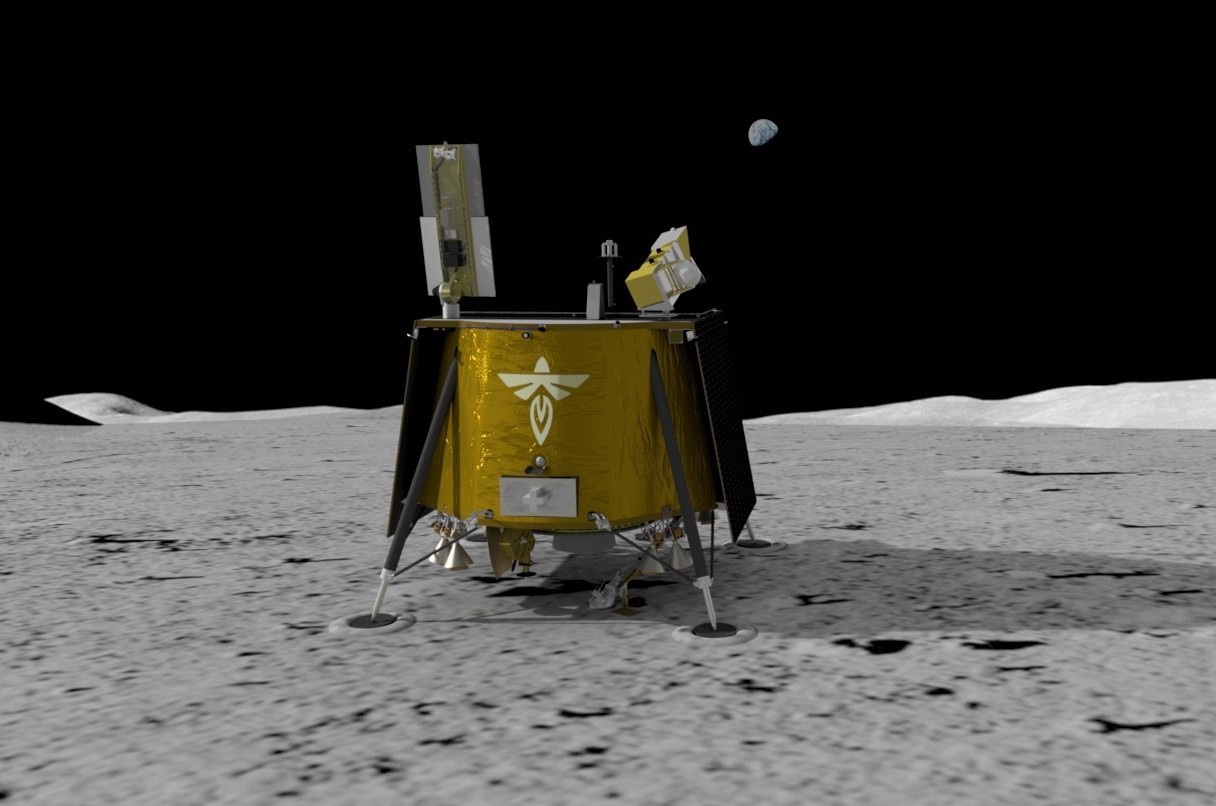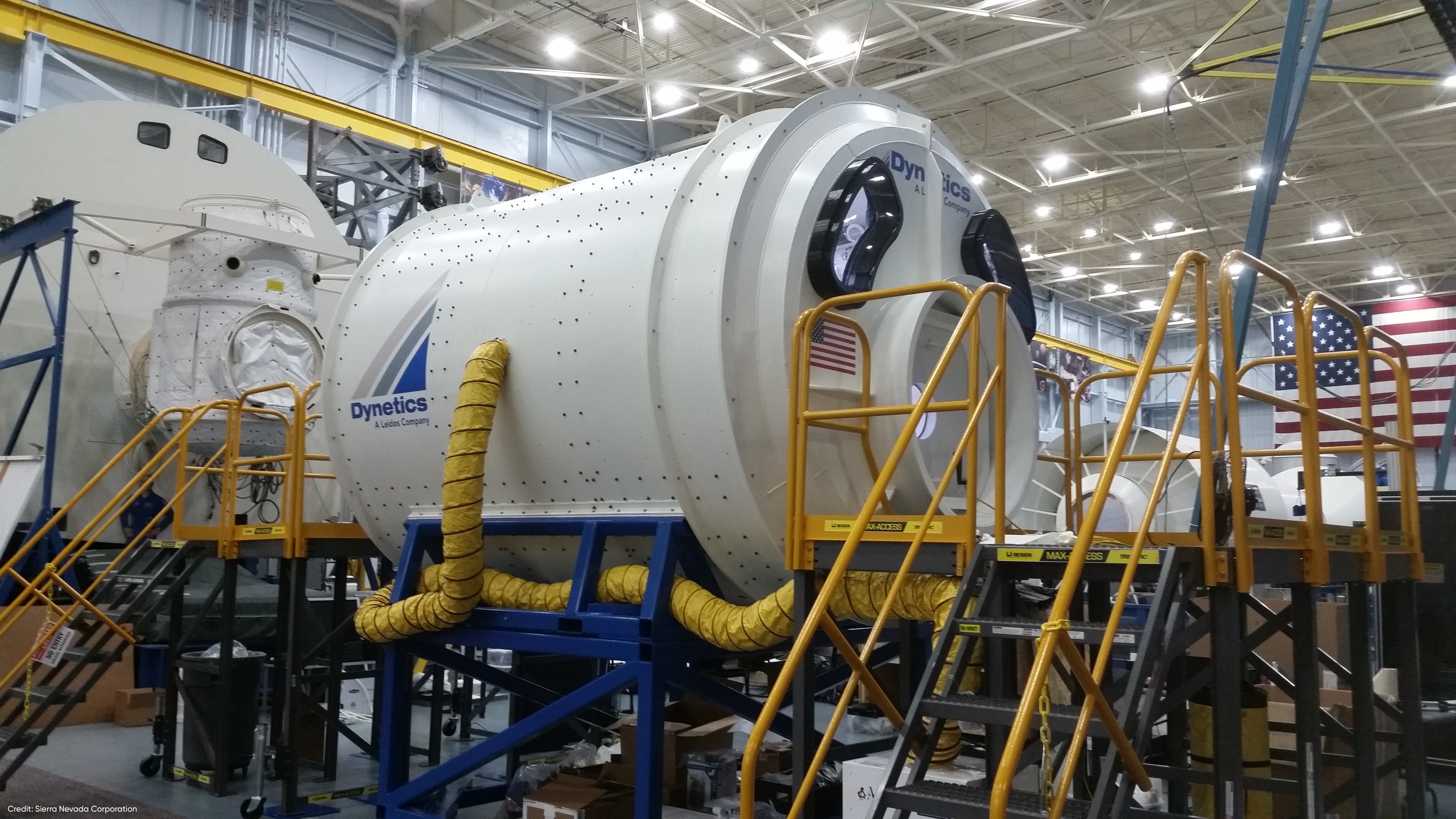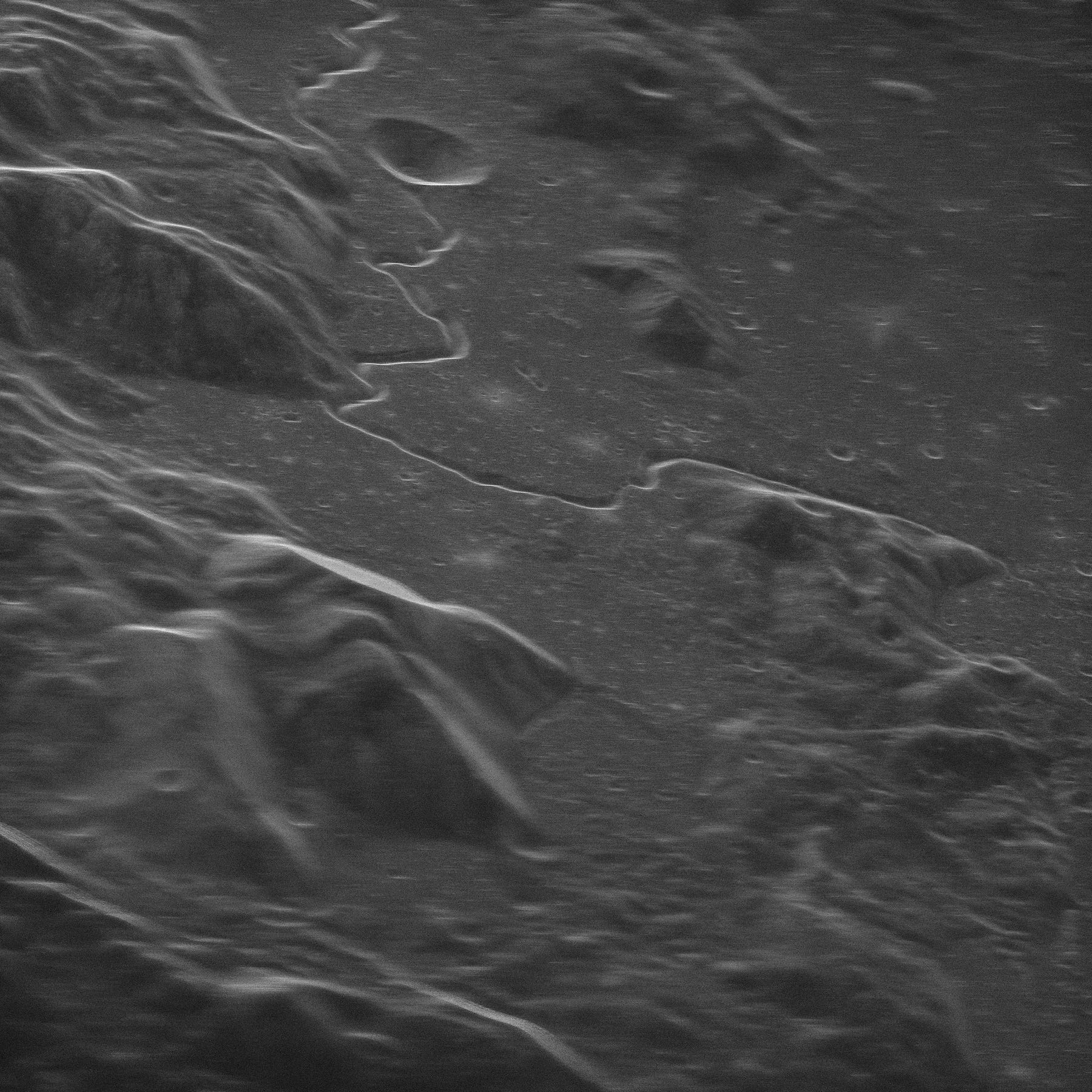Moon Monday Issue #13
Firefly to carry NASA instruments to the Moon, a book on lunar dust, new radar tech takes sharpest image of Apollo 15 landing site, and more developments in the lunar space.
Highlight

Firefly Aerospace has won a NASA contract worth $93 million to deliver payloads for the agency to the Moon in 2023 as part of the CLPS program. Firefly is targeting the vast solidified lava plains of Mare Crisium on the Moon’s nearside as their landing site. The payloads onboard are very interesting, from a couple of instruments to study the Moon’s interior to a novel sample collection system called PlanetVac to the first system to test getting a GPS lock on the Moon.
This is the sixth selection by NASA for its CLPS program. Given below is the current schedule for the flights, which is on track with NASA’s target of two such missions per year:
- Late 2021: Astrobotic’s 1st mission
- Late 2021: Intuitive Machines’ 1st mission
- 2022: Masten Space Systems’ 1st mission
- December 2022: Intuitive Machines’ 2nd mission
- 2023: Astrobotic’s second mission, VIPER
- 2023: Firefly’s first mission
Many people tend to forget, or not notice, that CLPS is managed by NASA’s Science Mission Directorate instead of something like the human exploration division, HEOMD. Missions under CLPS aim for science at geologically diverse sites as opposed to the south-pole-concentrated Artemis human missions. At the same time, CLPS missions will act as a testbed for cutting-edge technologies to then fly on Artemis or any other such human lunar program. Further, the CLPS program can and does exist without the need for SLS or any equivalent rocket, and has more room to accommodate failures. In my humble opinion, CLPS is the real MVP of NASA’s restructured return to the Moon.
Exploration
NASA has rather subtly added an instrument on Intuitive Machines’ 1st Moon landing mission. The radio-based instrument aims to more accurately quantity available fuel on a spacecraft in low or zero gravity environments than currently available technologies. This first generation hardware will help mature flight systems for future Artemis crewed missions.
Sierra Nevada Corporation has delivered a prototype crew module of the Dynetics’ Human Landing System to NASA’s Johnson Space Center. The module was installed in the center’s Space Vehicle Mockup Facility, which houses other training mockups such as International Space Station modules. Over the next few months, the Dynetics-led team will perform detailed Human-in-the-Loop testing to evaluate the prototype.

Meanwhile, 11 U.S. Democratic Senators wrote to President Biden last week urging that NASA’s next budget restore adequate funding for the Artemis Human Landing System, which saw a 4x cut this year.
Airbus has won a $790 million contract with ESA to construct three more European Service Modules (ESM) for the crewed Orion spacecraft central to the Artemis program. These modules are to built for missions Artemis IV to VI, the first two of which are for the Gateway lunar station. The 15,000-kilogram European Service Module provides propulsion, water, oxygen, thermal control, and electrical power to the Orion spacecraft. For Europe, delivering these modules ensures at least three seats for their astronauts in Artemis missions at the Gateway.
On the other side of the world, Russia and China continue discussing technical aspects and scientific objectives of a future Moon base they intend to build starting after 2028.
Science
A book, The Impact of Lunar Dust on Human Exploration, has been published. It summarizes all that we know about the notoriously sticky Moon dust, its structure and chemical composition, its impact on human health, and how we can reduce/mitigate its effects on future human exploration. The book has four dozen contributors, including planetary scientists, engineers, mission planners, medical researchers and physicians from NASA, ESA, Australia, Germany, Italy, Netherlands, Sweden and Portugal.
The U.S. Green Bank Telescope, the world’s largest fully steerable radio telescope, tested a new transmitter and produced the sharpest Earth-based image of the Apollo 15 landing site, at 5 meters/pixel. Using information from this test, the team plans to develop an even more sensitive radar system to image not just the Moon but other solar system objects too, all the way up to Neptune.

More Moon
This isn’t necessarily related to exploration, and certainly not science, but DARPA is seeking proposals from the private US industry to build mass-efficient space systems off-Earth, including in-situ manufacturing on the Moon.
An intriguing read by Jessy Kate Schingler of the Open Lunar Foundation on open questions around NASA’s plan to appropriate the collection and commercialization of resources on the Moon. The piece particularly highlights that existing (legal) frameworks on Earth regarding natural resource mining are not being considered for guidance to shape this other-worldly territory.
NASA’s LRO team has produced Apollo 14 temporal traverse maps, which allows you to see the progress of astronaut EVAs on a minute-by-minute basis, including all the stations where they collected samples, took photographs and setup experiment hardware. You can also do a 3D flyover of the Apollo 14 landing site. The LRO outreach team is incredible.
Thank you Henry Throop for supporting me and powering this edition of Moon Monday.
Everyone, I’m publishing this one-of-a-kind Moon exploration newsletter for free, with no ads. And it will stay that way. If you like my work, support me to keep me going. Monthly supporters will be credited in future Moon Monday issues with a link to their website/social.
